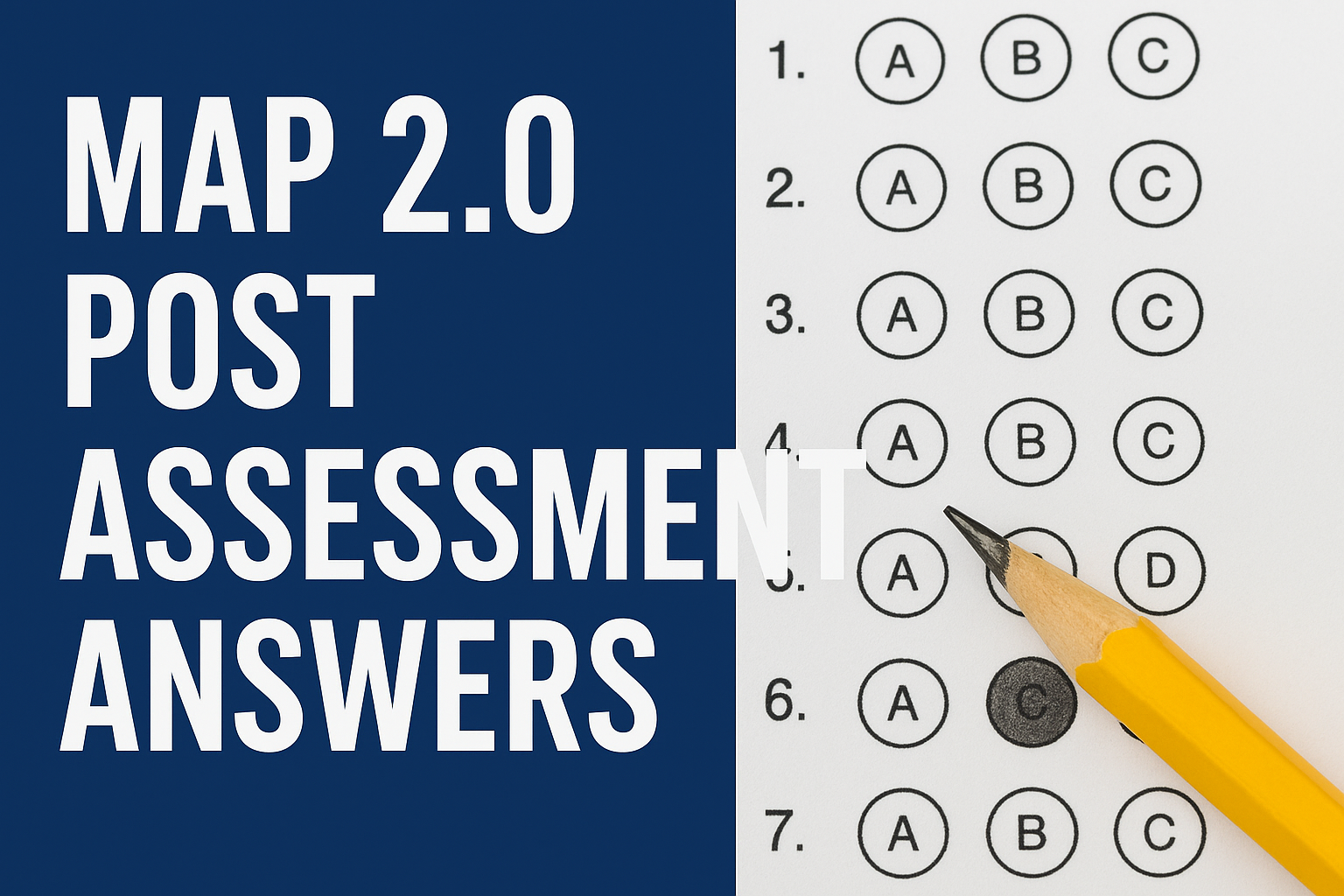In the world of commercial aviation United Airlines Flight UA770 Emergency Diversion, safety is paramount. However, even with all safety protocols and state-of-the-art technology in place, unforeseen situations still occur. One such incident recently captured global attention: the emergency diversion of United Airlines Flight UA770 Emergency Diversion. Originally scheduled for a routine journey, this flight quickly turned into a story of swift decision-making, technical response, and intense emotion at 30,000 feet.
The incident involving UA770 has raised questions, sparked debates, and prompted both concern and praise from the aviation community. In this article, we delve deep into what happened during the emergency diversion, what led to the critical situation, and how United Airlines Flight UA770 Emergency Diversion and aviation authorities managed the event. Our goal is to provide readers with a complete understanding of the incident and what it means for passengers and air travel safety moving forward.
Background of United Airlines Flight UA770 Emergency Diversion
Flight UA770 was a scheduled commercial flight operated by United Airlines Flight UA770 Emergency Diversion, one of the largest carriers in the world. The aircraft, a Boeing 737-900ER, was en route from Denver International Airport (DEN) to Orlando International Airport (MCO) on a standard cross-country route. With over 170 passengers and crew on board, the flight was initially uneventful, cruising steadily at altitude before the emergency unfolded.
United Airlines Flight UA770 Emergency Diversion, known for its extensive domestic and international network, has a robust safety record, making this incident especially noteworthy. The airline has consistently maintained high operational standards and has invested significantly in crew training and aircraft maintenance. That background makes the emergency diversion of Flight UA770 not only alarming but also a significant event in aviation circles.
History of United Airlines Safety Record
United Airlines Flight UA770 Emergency Diversion has maintained a strong reputation for safety and reliability throughout its long history. The airline follows rigorous maintenance procedures and complies with all Federal Aviation Administration (FAA) guidelines. Although no airline is immune to emergencies, United’s record suggests that such diversions are rare and treated with the utmost seriousness.
The Emergency Diversion: What Happened
Midway through the flight, UA770 encountered an unexpected technical issue—initial reports pointed to a problem with the cabin pressurization system. As cabin pressure dropped, oxygen masks were deployed, and the crew swiftly initiated emergency procedures. The flight was rerouted for an emergency landing at Kansas City International Airport (MCI).
The pilots remained calm, executing a rapid but controlled descent. According to air traffic control audio, the crew communicated clearly and effectively, ensuring that ground crews were prepared for the arrival. The entire process from identifying the problem to executing the diversion was handled within minutes, showcasing the crew’s professionalism.
Passenger and Crew Reactions
Passengers on board described moments of panic as oxygen masks dropped and the plane descended. Despite the initial fear, the cabin crew remained composed, helping passengers use the masks and reassuring them throughout the ordeal. One passenger recalled how the flight attendants moved calmly through the aisles, offering words of comfort and ensuring safety protocols were followed.
Emergency Landing Location
Kansas City International Airport served as the emergency landing site. Located approximately midway between Denver and Orlando, MCI is well-equipped to handle emergencies. Emergency medical personnel and technicians were ready on the ground, but thankfully, no injuries were reported. Passengers were safely deboarded, and alternate travel arrangements were initiated.
Causes Behind the Diversion
While a full investigation is ongoing, early indicators suggest a pressurization malfunction. Such issues, while rare, are serious and demand immediate response. Cabin pressure systems regulate the breathable environment in-flight; any failure requires the aircraft to descend to a safe altitude rapidly.
Mechanical failures like this can be caused by sensor malfunctions, faulty valves, or software glitches. FAA protocols require airlines to report such issues immediately and cooperate fully with investigations. United Airlines Flight UA770 Emergency Diversion confirmed it is working closely with the authorities to identify the root cause and ensure such incidents don’t repeat.
Role of Aviation Safety Protocols
Aviation protocols are built precisely for such moments. The crew followed established checklists, issued Mayday calls, and ensured the aircraft was within a safe descent profile. These pre-established measures are rehearsed regularly in simulator training, proving their effectiveness during UA770’s emergency.
Response from United Airlines and Aviation Authorities
United Airlines Flight UA770 Emergency Diversion promptly issued a public statement acknowledging the diversion and assuring the public of passenger safety. “Safety is our top priority,” the statement read, adding that all passengers were accommodated and offered support post-landing. United also emphasized their commitment to cooperating with federal investigations.
The FAA confirmed that a full review of the aircraft’s maintenance records and flight data would be conducted. Initial findings will be shared with the public, and corrective actions, if any, will be implemented promptly.
Crisis Management and PR Handling
United Airlines Flight UA770 Emergency Diversion handled the crisis commendably, issuing timely updates via social media and coordinating with news outlets. Transparency played a crucial role in controlling misinformation and reassuring concerned family members. Their calm, fact-based approach helped avoid panic and built public trust during a sensitive time.
Impact on Passengers and Airline Operations
While no injuries were reported, the emotional toll on passengers was significant. Emergency diversions are stressful and can have lasting psychological impacts. United provided hotel accommodations, travel vouchers, and counseling services to affected passengers.
Operationally, the incident caused delays on other scheduled routes, as aircraft and crew rotations were impacted. However, the airline’s efficient logistical management minimized overall disruption. Other aircraft of the same model in the fleet were also temporarily inspected as a precautionary measure.
Expert Insights on In-Flight Diversions
Aviation experts were quick to analyze the incident, noting that in-flight diversions, while rare, are crucial components of safety culture. Former pilots highlighted that such scenarios are included in training modules and simulations. Aviation analyst Sarah Conroy remarked, “This incident is a textbook example of why training and adherence to protocol matter.”
Industry-wide, the event may lead to more scrutiny of pressurization systems. Though statistically, flying remains the safest mode of transport, each incident provides an opportunity to review and refine operational readiness.
Lessons Learned and Future Implications
The United Airlines Flight UA770 Emergency Diversion underscores the importance of preparedness at all levels. From passengers knowing how to use oxygen masks to pilots executing emergency procedures, everyone played a part. The incident will likely lead to enhanced inspections, additional crew training, and updates to maintenance procedures.
It also reminds us of the value of communication during crises. From in-flight announcements to social media updates, clarity and honesty build confidence and prevent panic.
Media Coverage and Public Reaction
The event quickly made headlines across national and international media. News channels broadcast flight radar data and interviewed passengers post-landing. Social media saw a flurry of firsthand videos, images, and thank-you messages directed at the crew.
Public sentiment was largely supportive, praising the pilots and flight attendants for their professionalism. Aviation watchdogs and influencers commended United Airlines Flight UA770 Emergency Diversion for swift and transparent handling, reinforcing their brand’s commitment to safety.
Conclusion
The emergency diversion of United Airlines Flight UA770 Emergency Diversion Flight UA770 is a powerful reminder that even the most routine flights can take unexpected turns. Thanks to a well-trained crew, robust safety protocols, and immediate response by aviation authorities, the incident ended without injury or further escalation.
Passengers were kept safe, and the aviation world has gained yet another real-world scenario to learn from. As investigations continue, the insights gathered will contribute to even higher standards of flight safety in the future. In the skies, readiness is everything—and UA770 proved just how prepared the aviation industry can be.




